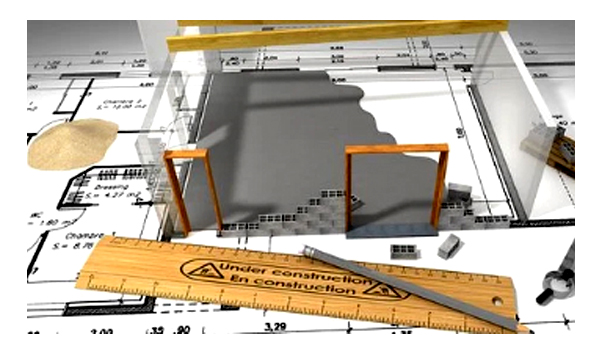Civil Engineering
Designing, constructing, monitoring, operating, and maintaining infrastructure projects and systems in the public and private sectors are involved in civil engineering.
Updated: November 16, 2023

Designing, constructing, monitoring, operating, and maintaining infrastructure projects and systems in the public and private sectors are involved in civil engineering.
Civil engineering design software is used by civil engineers and consultants to draft technical designs, document the drafts, and simulate and analyze the designs. Flaws in the design can be identified before construction. The costs associated with building and maintaining infrastructure can be estimated over a given period.
Simple as well as complex technical drawings can be created by using the software. Seamless communication among project stakeholders can be facilitated and the number of hours otherwise wasted on cost calculations and manual design drafting can be reduced.
Structural engineering, Transportation engineering, Hydraulic engineering, Environmental engineering and Geotechnical engineering are different types of civil engineering. Design and construction process documentation can be easily generated by using civil engineering design software. Engineers and construction managers can gain in-depth project insights by leveraging civil engineering tools, that can be utilized to efficiently manage the entire construction lifecycle. It also helps in conducting land surveys by assessing a 3D landscape by collecting geographic data such as the distance between a series of points.
Designing an infrastructure project, Project management, Surveying, High safety standards, Effective collaboration and Enhanced productivity are some of the benefits of civil engineering design software.
Types of civil engineering
- Structural Engineering: Design and analysis of structures.
- Geotechnical Engineering: Study of soil and rock mechanics.
- Transportation Engineering: Planning and design of transportation infrastructure.
- Environmental Engineering: Addressing water and air pollution, waste management.
- Water Resources Engineering: Management of water resources and infrastructure.
- Construction Engineering: Project planning, scheduling, and resource coordination.
- Coastal Engineering: Design and protection of coastal areas.
- Materials Engineering: Study of construction materials' properties and behavior.
- Urban Planning: Design and planning of urban spaces.
- Surveying and Geomatics: Measurement and mapping of the Earth's surface.



